Effective today, TSA no longer requires passengers to remove their shoes at security checkpoints unless they are flagged for extra screening.
Reporting last week citing internal memos suggested that TSA would eliminate the requirement for passengers to remove their shoes at checkpoints. I first saw this news flagged by Johnny Jet. It is actually happening at airports today, though there has been no announcement from the agency about the change and they did not respond to my request for comment.
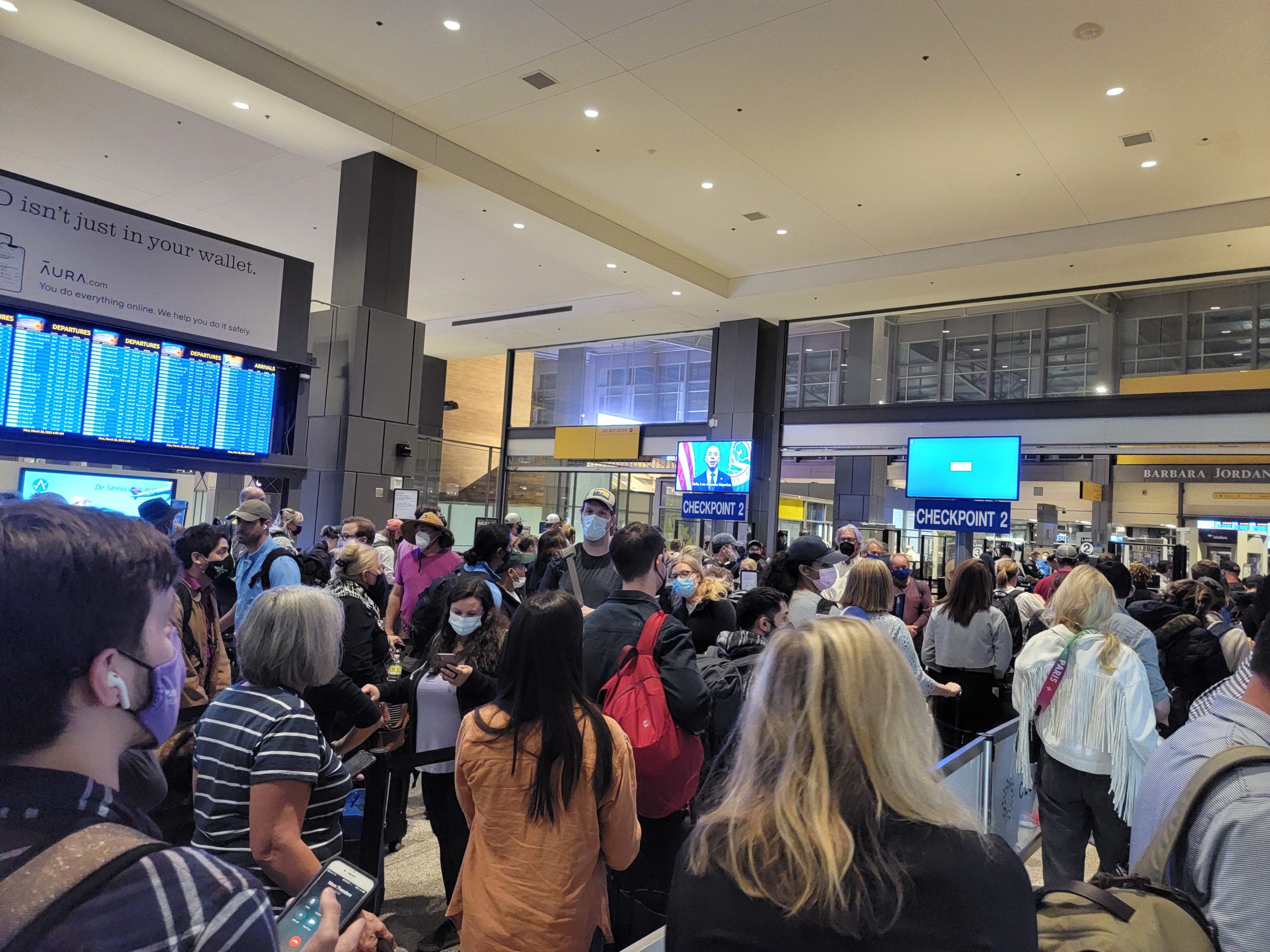
Shoe removal was probably never necessary, but hasn’t been necessary in years regardless. Richard Reid tried to detonate PETN in his shoes on American Airlines flight 63 from Paris to Miami on December 22, 2001.
TSA began encouraging shoes off in February 2002 but it didn’t become mandatory for all customers for four and a half years, concomitant with the imposition of liquid rules in August 2006 (following the U.K. liquid explosives plot).
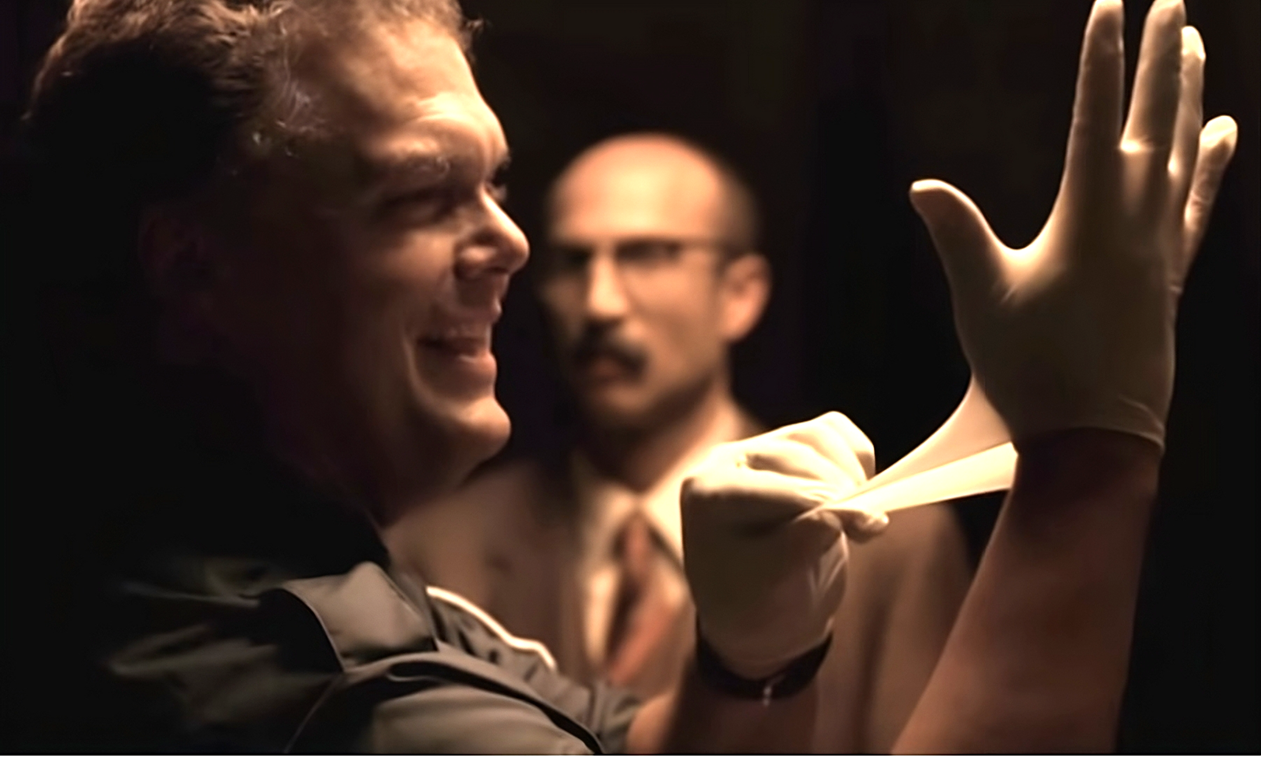
It’s not clear the shoe plot would even have worked. Reid had about 10 ounches of PETN spread between both shoes and that may not have been enough to take down an aircraft. Larger quantities can be hidden elsewhere without removal.
- This was a one‑off threat that has never recurred in nearly 24 years. It wasn’t repeated even in the years following the shoe bomber plot, prior to mandatory shoe removal. Designing procedures around a single data point is poor risk management.
- The rule became permanent for bureaucratic — not analytic — reasons.
- Modern scanners see through shoes. Millimetre wave AIT portals detect non‑metallic explosives on the body.
- Everyone in PreCheck, 12 and under and seniors 75 and older have kept shoes on already.
- Most EU airports rely on targeted secondary inspection only when alarms trigger and haven’t had shoe bomb plots.
- But shoe removal does slow down checkpoints and create crowding, which itself is a vulnerability (landside attacks in Istanbul and Brussels demonstrate).
- Focusing on low risk threats distracts from real security. Time officers spend barking “shoes off!” trades off with real risk mitigation.
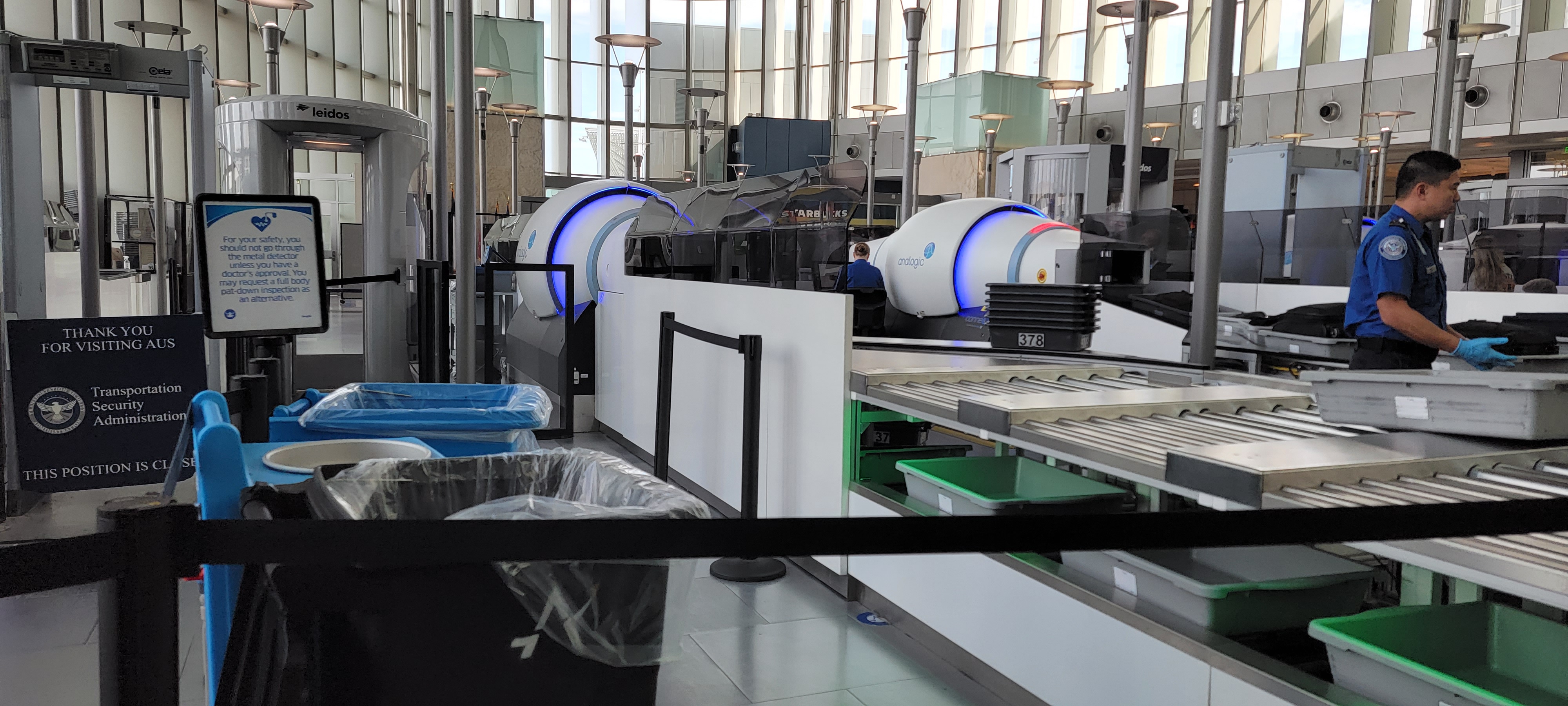
The shoe rule was a classic example of security theater — a visible ritual that signals diligence but contributes little measurable safety.
TSA does seem to be trying to become more traveler-friendly, at the same time they’re required to enforce REAL ID along some dimension (although you can still fly without any ID at all). The decision by the Trump administration to move forward with the Biden administraton’s announced deadline on REAL ID is driven not by aviation security concerns but by immigration enforcement.
TSA’s decision to no longer require shoes to be removed at checkpoints by passengers going through regular (non-PreCheck) security applies only to passengers with REAL ID, which reportedly comprises more than 90% of passengers. Those without REAL ID get extra screening.
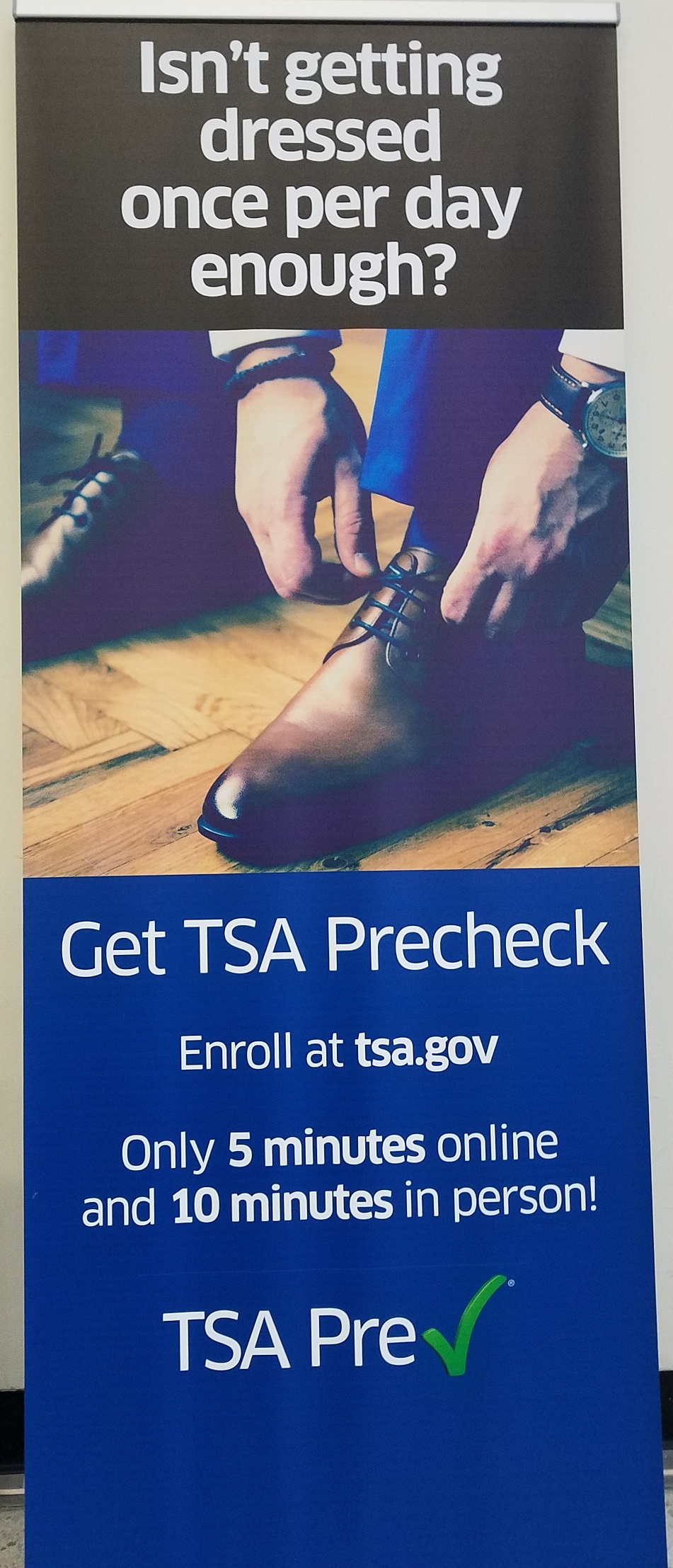
From a security standpoint, the single best move that the federal government could make is separating screening from security regulation rather than having the same agency do both. TSA is its own regulator, which is why it lacks accountability – not just to passengers but ultimately even to provide actual security.
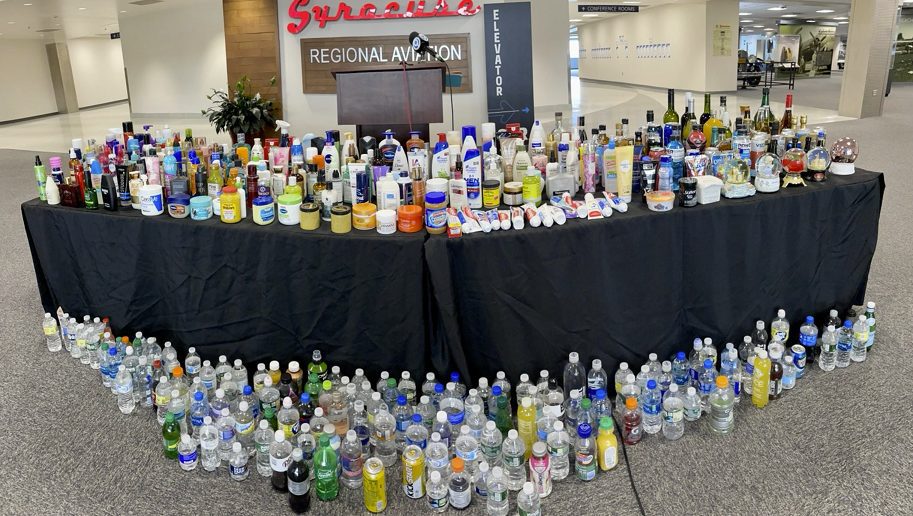
At a minimum, TSA should revisit liquid rules – slower Analogic screening devices were finally supposed to make that happen – but since TSA procurement and deployment is so sclerotic the rollout won’t be complete until the 2040s and the agency does not want to have different liquid rules at different airports (though the machines purchased in the last several years will be long outdated by the time they’re available everywhere).


But, but.. what about the ‘status’ of getting to keep our shoes on while those non-PreCheck peasants have to go barefoot! This doesn’t feel ‘great again,’ is all I’m sayin, folks…
Does this mean a renewed focus on swarthy-looking military-aged males instead?
“The shoe rule was a classic example of security theater…”
That applies to almost all facets of the TSA.
Now get rid of the 3.5 ounce rule. It’s all needless security theater functioning as a jobs program.
@George Romey — Good point! Diddy will be out soon, and he’s gonna wanna bring extra baby oil on board for some ‘mile high’ freak-offs.
Wow I actually forgot that this was a thing. Oh no I’ve become a snobbish, elitist traveler!
“Security theater.” Spot on. A bit akin to the declarations that cameras on local rapid transit keep riders safe. Which, of course, they don’t, at least not very much. At best they help police investigate crimes after the fact.
@L737 — Don’t you worry; there are occasions where we all ‘humble’ ourselves, like when wearing boots with metal in them, or when traveling abroad where there is no such luxury, or when the PreCheck line is oddly significantly longer than ‘Priority’ lane that does not have those privileges (has happened to me at LGA Terminal B a few times).
The real pain the countries with airports that force you to put all your gels and liquids in a single 1L baggie, regardless of whether everything inside is 100ml or less. Canada has been strict to me about this. Ugh.
If anyone’s wondering “why now?”, here’s a possible hint: One Stop Security. TSA is planning to recognize certain overseas airports (starting with Heathrow) as providing equally effective security, so passengers coming from those airports to the US and connecting to another flight won’t have to go through security again.
Heathrow generally doesn’t require people to remove shoes.
Thank you, Gary, for reassuring us that passengers need not worry about contracting Athlete’s Foot while removing their shoes at the airport security checkpoint. Keeping shoes on can help reduce the risk of painful fungal infections in the feet, which are often characterized by thickened, discolored toenails and red, scaly, or cracked skin on the feet. Many individuals with an Athlete’s Foot infection can inadvertently spread the fungus to other areas, such as the groin, by coming into contact with contaminated surfaces, like aircraft seats, or by using the aircraft lavatory while barefoot. To alleviate itching, burning, or stinging sensations, some passengers may try to relieve their discomfort by propping their bare feet up while seated in the bulkhead row or in the Admirals Club or Centurion Lounge, making it easier to apply antifungal ointment between their toes.
They should just abolish the TSA and save the US Millions of dollars, all they do is cause problems anyway.
On this day in 1966, Al Bundy made sports history for Polk High, scoring four touchdowns in the City Championship against Andrew Johnson High. Facing a 3-TD deficit, Bundy refused to quit, delivering the game-winning TD over rival “Spare Tire” Dixon.
@1990 — Oof, good calls. I flew both domestic and US transborder Canada last month and they didn’t enforce the baggie policy (which was lucky since thanks to VFTW & community I bring my own toiletries now!) but I’ll have to remember to have one handy just in case for next time.
Leave your political opinions out and report facts. If I want liberal drivel, there are plenty of other media organizations to get it from. Stick to travel information that will benefit readers.
@L737 — It may not be all airports, but I recall YUL (Montreal) got me good. And they usually have the baggies available, it’s just frustrating if you’ve already packed, are used to no quantity limits (so long as all containers under 100ml). Another oddity with Canada, Pre-clearance at YYZ (Toronto) can be strict about Global Entry, once demanding the physical card in order to go to the special security lanes for the kiosks. Honestly, sometimes, it’s not even customs agents or security that’s the issue; it’s airport staff tasked with crowd controls, and they make up new rules on the fly. Not fun to get caught up in their silly dragnets sometimes.
There was one other way to go through the scanners without taking your shoes off – have TSA pre and opt in for enhanced security. This continues to be useful for people with pacemakers or metal magnetic implants which can set off the metal detector or interfere with the pacemaker who have TSA pre.
@Bob Builder, couldn’t agree with more.
TSA is a huge pain and their employees are an embarrassement for anyone with a working brain.
The TSA rule is one quart sized resealable bag containing all liquids (and some other things such as gels) in 100ml or less containers for carry-on luggage. There are different rules for checked luggage that allow larger containers for liquids. A liter sized bag is a bit larger so it may get flagged. 3.5 ounces is oversized and reminds me of people trying to carry-on oversized bags.
I remember reading a TSA report around 15 years ago. It said something to the effect that the shoe rule was not necessary and should be eliminated. The gears of beauracracy turn slowly indeed.
Sooooo, WHEN is this actually going to be implemented?
@PJ showing why Trump said he loves the uneducated. No where in the article did the author make it political and facts don’t care about your feelings. Learn reading comprehension, it’ll help you in life.
Also, I agree, TSA is merely security theater and doesn’t actually protect or stop anything. They fail 90% of the tests they’re put through.
These new TSA scanners that require everything to go in a bin are causing the lines to swell. Screening times have increased substantially while waiting for your bin to arrive and be slotted on to the conveyor belt. It’s ridiculous. I’ve mentioned it to the TSA screeners and they agree the lines have become longer.
I flew Tampa to o’hare and back mid June and we had to take them off .
when was that implemented ?
Just my opinion. TSA should be abolished and whoever is charge of security making decisions and it’s approach needs to start over or be fired. It would be Nothing to hide C4 in a shoe.
Tell that to the agents working. But Is this actually the right time with all the world wide hate for the USA?
Maybe like me, they got tired of those bad foot overs after people taking their shoes off, and now that summer is coming……..
TSA is useless and needs to be shuttered.
Noem wants credit for this.
So she had TSA put up notice of change.
Here is the website link:
https://www.tsa.gov/news/press/releases/2025/07/08/dhs-end-shoes-travel-policy
Couldn’t the TSA have lifted the requirement to remove shoes at the terminal while adding a ban on removing them on airplanes?